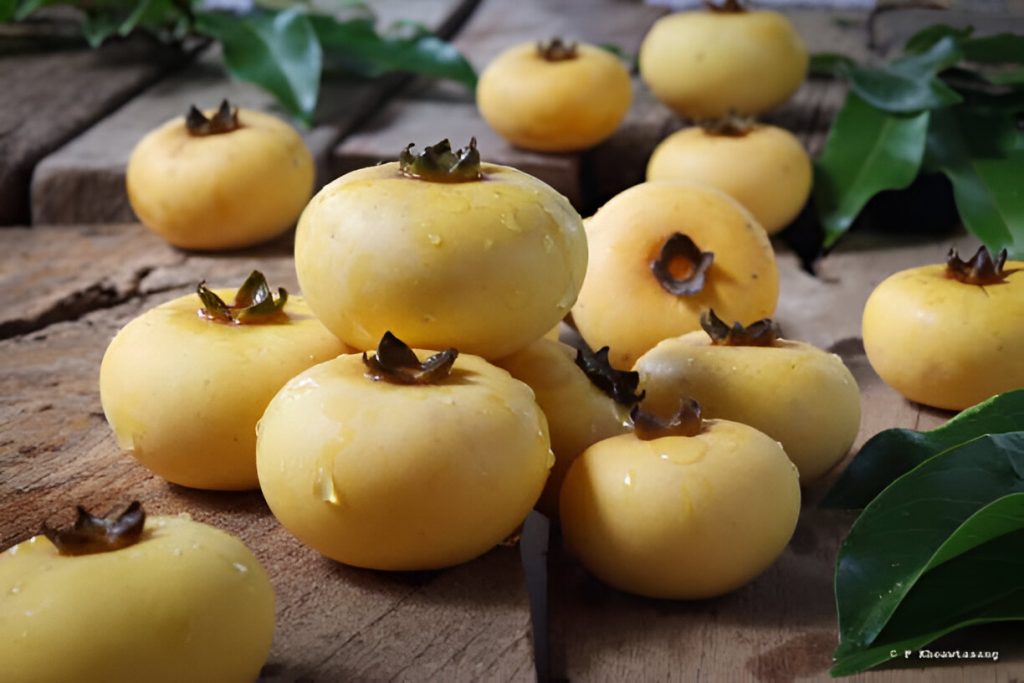Growing a variety of fruit trees in New Zealand is excellent; among them, the Persimmon stands out for its distinctive taste, brilliant orange fruit, and low maintenance in the garden. Whether you’re an experienced gardener or a novice wanting to raise your own fruit, this manual will help you through the main stages in growing strong, fruitful trees.
Deciduous fruit tree the Persimmon grows best in warm, sheltered locations with excellent drainage. One of New Zealand’s top online nurseries, The Plant Company, offers a dependable selection of grafted cultivars that are ideal for regional circumstances. Your first step in successful planting is selecting the suitable kind.
Selecting the Appropriate Site
Make sure the tree is planted in a frost-free warm place. The young trees of NZ need protection in the colder areas but the developed ones can endure a mild frost. Take into account the north-side places with not so powerful winds because it will be easier to make the flowers bloom and develop fruits.
The quality of the soil also is taken into consideration. The best is loamy, free-draining organic rich soil. Avoid sandy and heavy clay soil. Blend the soil ground with a slow-release fertilizer as well as compost before planting in order to ensure that your tree grows soundly right away.
Planting & Spacing
Planting is ideal late winter or early spring. Twice as big as the root ball, dig a hole of equal depth. Before planting, gently release the roots and backfill with soil, pressing down firmly to get rid of air pockets. Plant at least 4–5 meters apart to let enough airflow and canopy growth.

Schedules for Feeding and Watering
Trees that are young require frequent watering, particularly during the first two summers. They are slightly drought resistant after planting but need deep watering in dry seasons as this allows the growth of fruits.
In the early spring when the buds begin swelling, a balanced fertilizer is to be applied. Midsummer offers a second application that helps to keep consistent development going. Overfertilizing should be avoided because it can produce too much leaf growth at the expense of fruit.
Pruning for Shape and Yield
Best pruning should be done in late winter when the tree is dormant. An open vase form will enable light and air into the center of the tree. Light summer trimming helps keep shape and eliminates water shoots—those that don’t bear fruit.
Controlling Diseases and Pests
Fortunately, Persimmons in New Zealand are rather free of pests and illnesses. However, they are at times attacked by aphids or scale insects. In spring and summer, regular checks will allow detecting possible problems in time.
Neem oil or spraying in gardens can help in curbing most minor infestations. By a large margin, fungi issues can be avoided due to proper air circulation, properly done pruning, and avoiding over watering.
Fruit Harvesting and Storage
Usually ready to be harvested in autumn, fruit varies according to its kind. Pick the fruit when it is somewhat soft (for astringent kinds) or firm (for non-astringent types) and has turned a dark orange. Cut the fruit using secateurs and leave a little stem on it.
Keep ripe fruit in a cold, dry area and savor it fresh or dried. They also go well in chutneys, sweets, and salads.
For every home orchard or backyard food garden in New Zealand, growing Persimmon tree is a wise investment.

